

I think it has happened to all moms – you sprint through your morning routine liberally pouring milk in your kids’ bottles, cups and cereal when you realize that there is but a drop left for your beloved coffee. If you’re like me you devise a clever plan to combine all morning responsibilities: caring for your child(ren), walking the dog, buying milk and most desperately getting coffee, because coffee without milk is like a fire truck speeding past you and no hunky firemen. Both are as essential to life as breathing.
I huffed myself up the shortest route and steepest hill in town with Cirque du Soleil-like agility to interrupt the dog from sniffing and haul the oversize stroller up the hill. A few fist pumps later, I approached my caffeine oasis. I consider myself a decent mother but I’m no martyr. Coffee first, then buy milk, give the baby a snack and a finale of scooping the dog’s business. I pour the self-serve coffee into a deliciously large cup, empty in the milk and reach for the sugar. I am confronted by a mound of pink, yellow and blue packets. I innocently ask the waitress for sugar. She looked puzzled, rolled her eyes in the direction of the three available options and told me there is none. You really don’t have regular sugar? When did artificial sweeteners become conventional replacements for sugar? How are they available at every neighborhood coffee shop? Maintaining eye contact, I defiantly chugged the coffee sans sweetener and stormed off.
That night I couldn’t get the incident out of my head. Some would insist I needed to get a life but cut me some slack, Bravo was running Top Chef reruns. I really didn’t know much about the potential danger of sugar substitutes, but have always thought there was a fat chance anything diet and calorie-free was healthy.
With my sweatpants held high, the little guy in bed and the big guy asleep on the couch, I began to investigate. What I discovered wasn’t comical at all. The multi–billion dollar sweetener industry is contaminated with an overabundance of sugar-coated research, creative labeling and bitter information.
I’ve highlighted the most popular sweeteners in order of most potentially hazardous to least harmful. I am not a biochemist, nor do I want to be, so I relied on sources such as the Mayo Clinic, Harvard Medical School and Wikipedia.
Sucralose (Splenda)
What is it? Sucralose is a chemical sweetener accidentally discovered when scientists were testing insecticides. Splenda is the most popular and fastest growing sweetener in the U.S. Owned by superpower Johnson & Johnson.
What’s it good for? Unlike other artificial sweeteners it holds up to heat, so it is used in thousands of cooking and baking products. It also has the longest shelf life, no calories and no bitter aftertaste.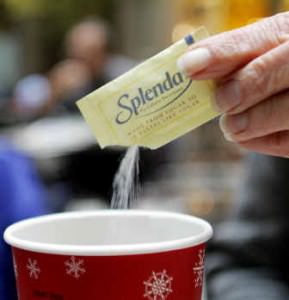
Controversy? Marketed as “made from sugar”, but once the long laundry list of chemicals you can’t pronounce are added sucralose is nothing like sugar. The most harmful element is Chlorine which is also found in pesticides, disinfectants and poisonous gases. Recent studies have found a link to weight gain and adverse reactions like diarrhea, stomach pain, skin irritations, depression and heart palpitations.
Conclusion? You had me at Chlorine. This is like a massive forest fire in the works. Sucralose is one of the newer artificial sweeteners, fastest growing and limited research exists to test any long term effects of usage, earning it a Code Red warning.
Aspartame (Equal/NutraSweet)
What is it? Found in 6,000 products from soda to yogurt. First came to market as Equal then NutraSweet (once owned by Monsanto world’s leading producing herbicide company).
What’s it good for? Virtually no calories and most widely used sweetener for Diabetics as it does not raise blood sugar levels.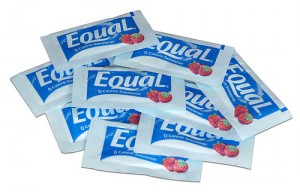
Controversy? Dr. Robert Walton surveyed the hundreds of medical studies performed on Aspartame to find that about half were sponsored by NutraSweet and Aspartame manufactures. Of those, 100% of the reports concluded there were no harmful effects. 92% of the remaining independent reports found links to dizziness, memory loss to more extreme multiple sclerosis and various cancers.
Conclusion? Yikes! With all those undeniable side effects this is a clear case of all fire and very little smoke.
Saccharin (Sweet’N Low)
What is it? First discovered by a U.S. chemist working on coal tar derivatives.
What’s it good for? Like Aspartame, Saacharin (Sweet’N Low) is used by diabetes or by dieters for its sweetness, but very few calories.
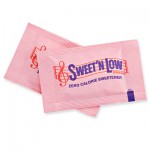 Controversy? In the 1970s, a research concluded saccharin caused bladder cancer in mice. It has since been involved with more than 30 human studies and was approved. Recently not recommended for pregnant women and children and others found a link to weight gain.
Controversy? In the 1970s, a research concluded saccharin caused bladder cancer in mice. It has since been involved with more than 30 human studies and was approved. Recently not recommended for pregnant women and children and others found a link to weight gain.
Conclusion? I’m with the mice, even the possibility of Saccharin as a carcinogen is alarming enough for this fire marshal.
Stevia (Extract and Truvia)
What is it? Stevia in its raw form is a shrub with sweet tasting leaves. Stevia extract is the sweetest alternative at 300 times sweeter than sugar. Truvia is Stevia plus dozens of chemicals (to get rid of the bitter taste) and the second best selling sweetener (Splenda being the first).
What’s it good for? No calories and low carbohydrates.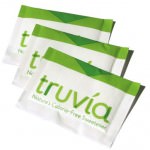
Controversy? Stevia extract in excess can have mild adverse effects because of the concentration of sweetness but generally safe. As Truvia is a non-organic chemically processed product only based in Stevia, there is no evidence, yet, that the finished product is healthy or safe.
Conclusion? We need not sound the alarm with Stevia but let’s keep a watch for a Truvia chemical brush fire in the making.
Natural Sweeteners (Sugar, Honey, Agave Nectar, Maple Syrup)
What is it? Mildly processed sucrose (sugar, maple syrup) or fructose and glucose (agave, honey) based sweeteners.
What is it good for? The least processed sweetener available and safe to consume.
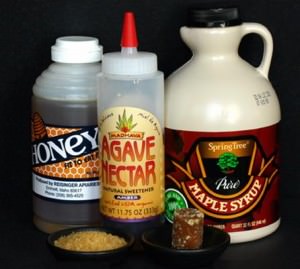 Controversy? There are calories but no controversy. In moderation there is little to no risk.
Controversy? There are calories but no controversy. In moderation there is little to no risk.
Conclusion? I can picture a bare-chested firemen napping peacefully at this example of sweet safety.
I’m willing to compromise my standards when it comes to the attractiveness of firemen but you won’t find me polluting my coffee or family’s food with rainbow-colored chemicals anytime soon. The health gamble trumps the calorie cutting benefit for me.
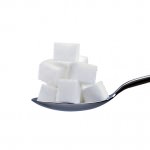 What’s the sweetest solution? I’m going to stick to a bit of plain old sugar. That and maybe I can convince my hunky husband to dress up as a Fireman for Halloween.
What’s the sweetest solution? I’m going to stick to a bit of plain old sugar. That and maybe I can convince my hunky husband to dress up as a Fireman for Halloween.
Click here to see more articles on MeaningfulWomen.com by Vanessa McCafferty.
Vanessa McCafferty lives in Manhattan Beach, California with her husband Colin, her son Nolan (16 months), and her mini Goldendoodle, Birdie (2).



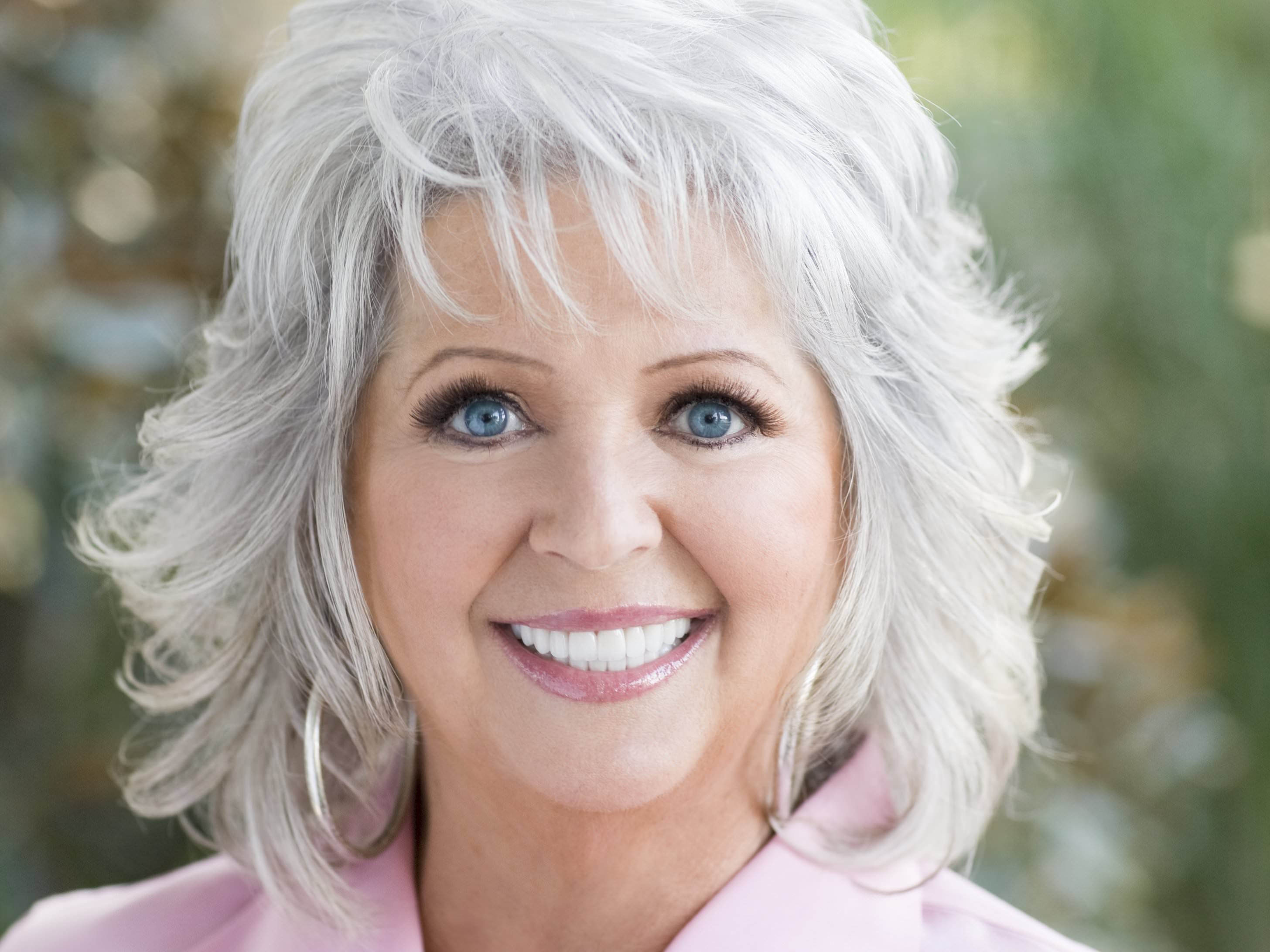
Irony, I was up at 6:30 AM on Friday with baby in the stroller dashing to the mini-mart to buy milk (and yes, ostensibly for her, but really for my cuppa joe!). On the sweetner side, I have never acquired a taste for the “fake stuff”, it all tastes like chemicals to me. The minute I put anything on my tongue with artificial sweetner, I spit it out. Nicely researched piece! Natural is best, but as you say – in moderation. Check out this NYTimes Magazine article on the “real stuff” ….. Is Sugar Toxic – http://www.nytimes.com/2011/04/17/magazine/mag-17Sugar-t.html?pagewanted=all